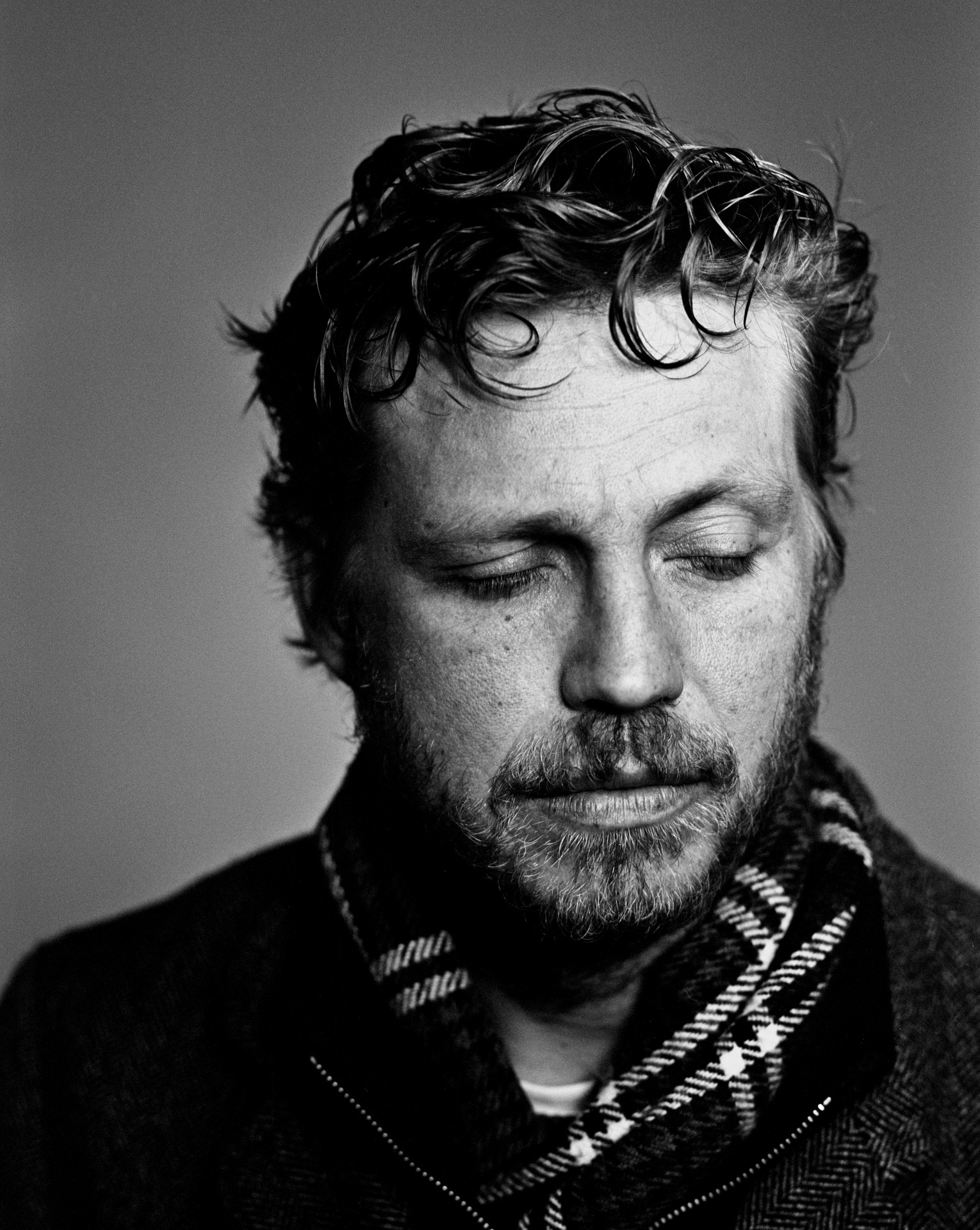Narcotics aren’t the only option for pain management. Alternatives such as massage, acupuncture and physical therapy have proven effective at relieving pain.
Can Pain Be Treated Without Narcotics?
According to the Better Health Channel, “Studies suggest that a person’s quality of life is influenced by their outlook and by the way they cope emotionally with chronic pain.” This is part of the reason why narcotics are used to treat pain in order to create a better life for the individual. However, not everyone prefers to accept pain treatment with narcotics. So can this condition be treated without the use of opioid drugs?
Opioids are Effective––When Taken Correctly
Though there are a number of issues commonly associated with the use of narcotic medications, these drugs are effective for the treatment of pain when taken as prescribed. As stated by the National Library of Medicine, “When used carefully and under a health care provider’s direct care, these drugs can be effective at reducing pain” and do not cause addictive side effects. Only when a person begins abusing them do problems tend to occur.
Still, many individuals do prefer to avoid using these drugs at all costs, partly because they do not want to run the risk of addiction and often because they do not want to encounter the side effects associated with this treatment even if they do take the drugs correctly. In this case, there are some other options available.
Other Options for Pain Treatment
Usually, opioids are only used when a person’s pain cannot be treated by other, more mild types of painkillers. It is important that an individual who is reluctant to use narcotics understands this and talks to their doctor about any other pharmacological options that may be available to them before opioids are considered. However, there are other options available, depending on what the individual is comfortable with.
- Massage: This option can be beneficial for soft tissue injuries but not for pain that originates in the joints.
- Acupuncture: “Acupuncture involves the insertion of thin needles into specific points on the skin and is believed to restore balance, encourage the body to heal itself, and release natural pain-relieving compounds within the body” (BHC).
- Meditation: Meditation can be largely beneficial toward helping a person learn to relax at will. There are many different kinds of meditation, some of which involve exercise (yoga) and some of which do not.
- Behavioral therapy: CBT (or cognitive-behavioral therapy) can be used to help someone change the way they think about their pain and become better at managing it.
- Physical therapy: From stretching to walking and a number of other activities, physical therapy can help a person stay active and work into the areas that cause them pain.
Other options include alternating heat and cold and taking medications for mild pain. However, long-term, severe pain will often require a treatment regimen that utilizes some of the options above.
Narcotics Can Be Helpful––But They Aren’t Your Only Option
One does not need to treat their chronic pain with narcotics, but this option can be beneficial. It is important to understand all the options one has for the treatment of their condition, but if you have more questions about narcotics or their alternatives, call 800-934-1582(Sponsored) . In addition, if you have been abusing narcotics, let us help you find an addiction rehab option that will be beneficial to your needs.
the Take-Away


